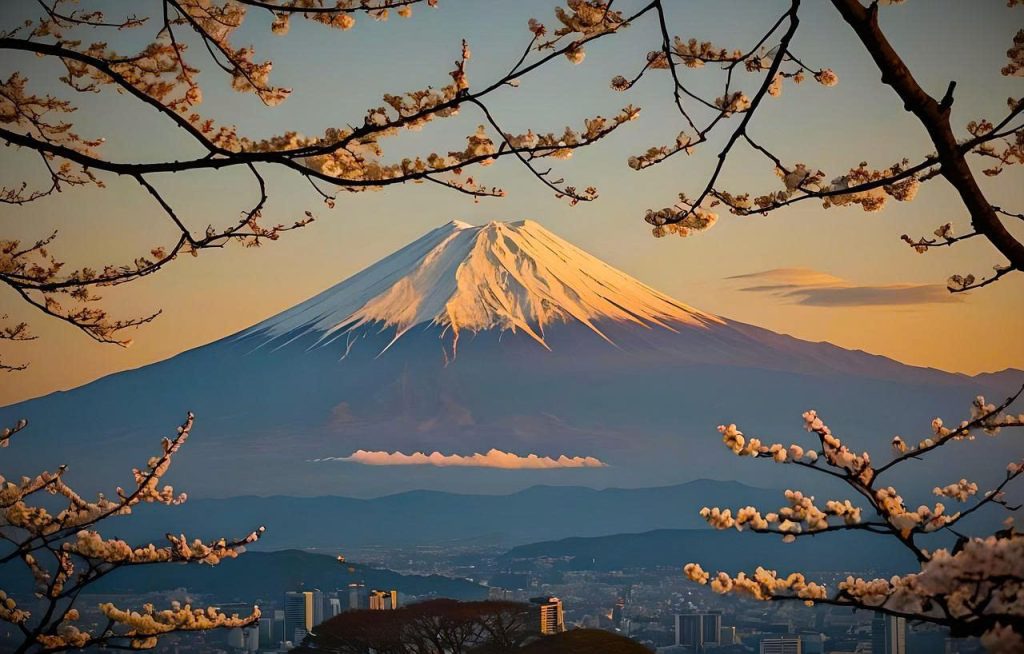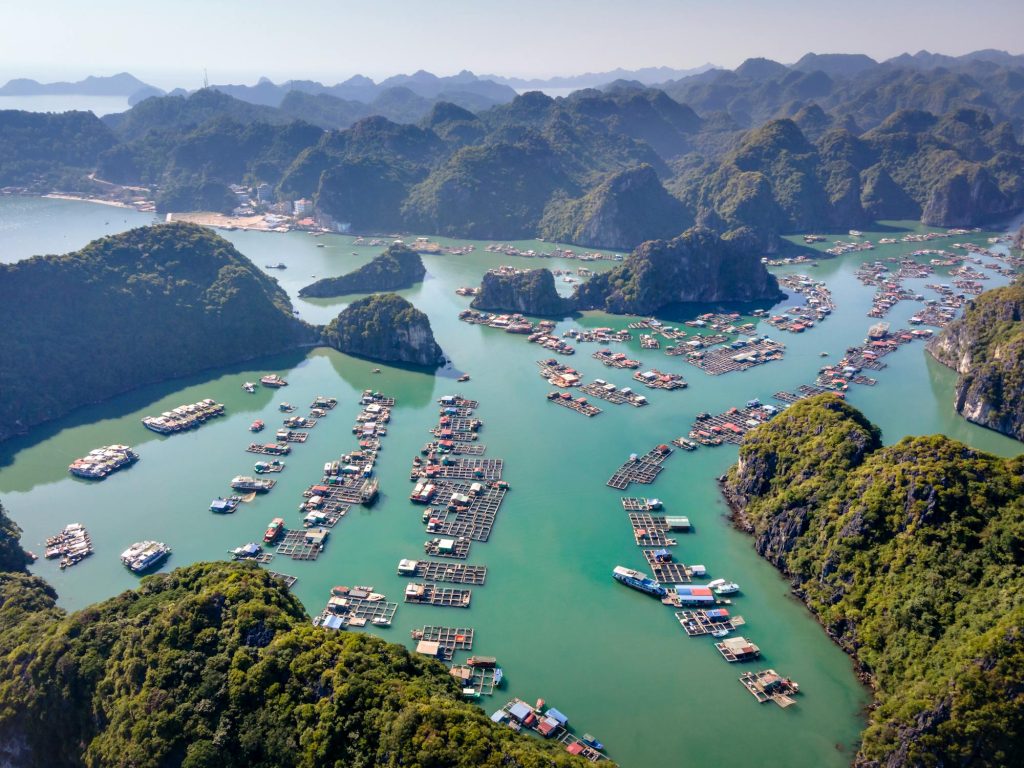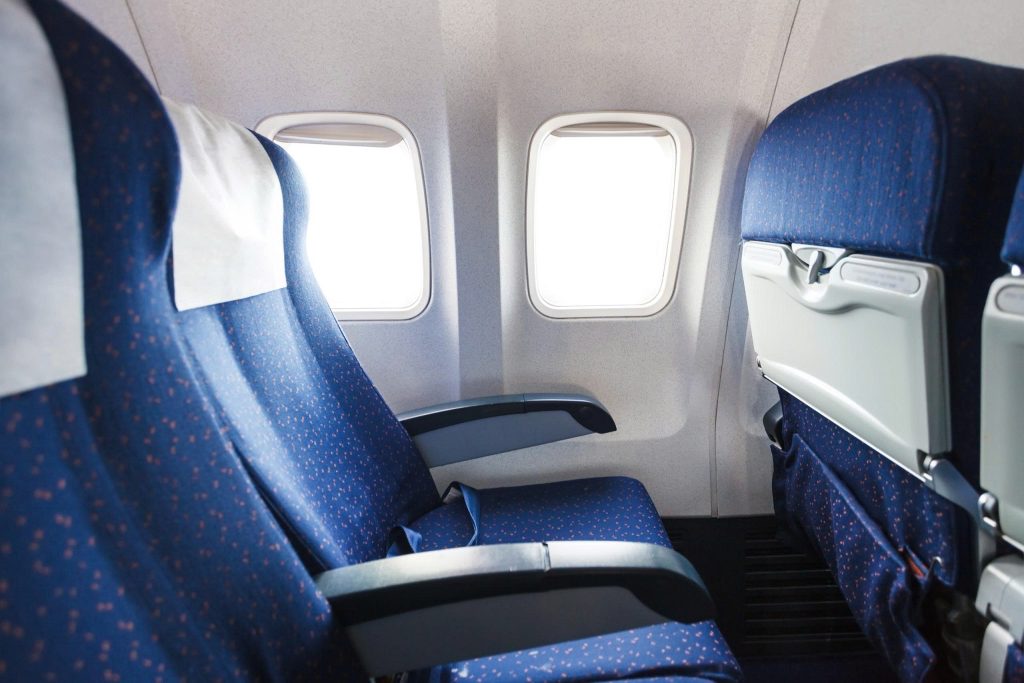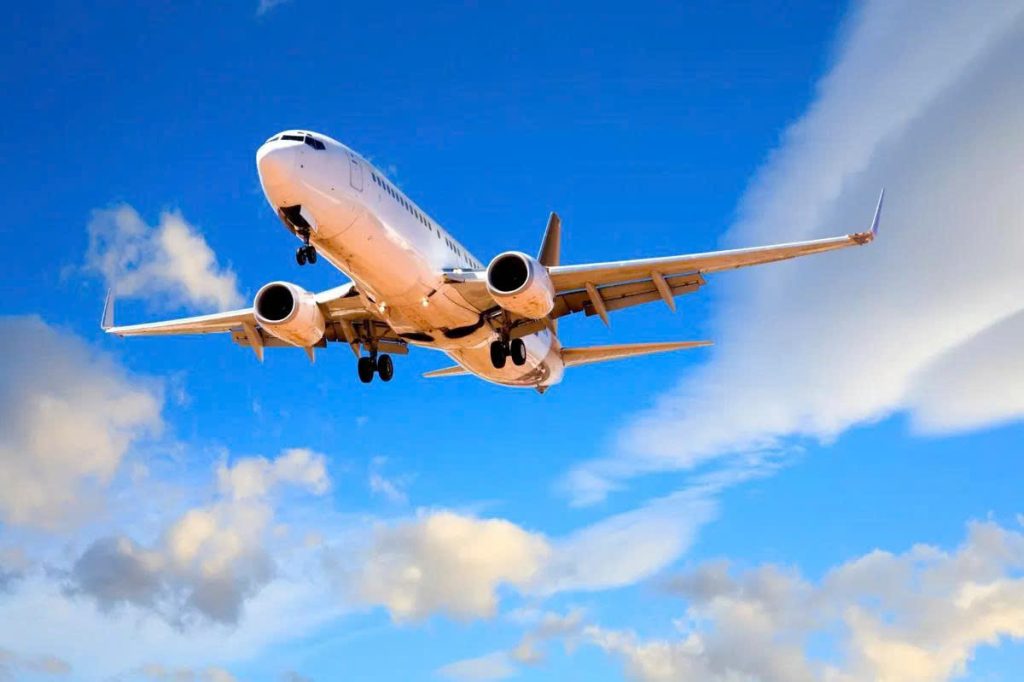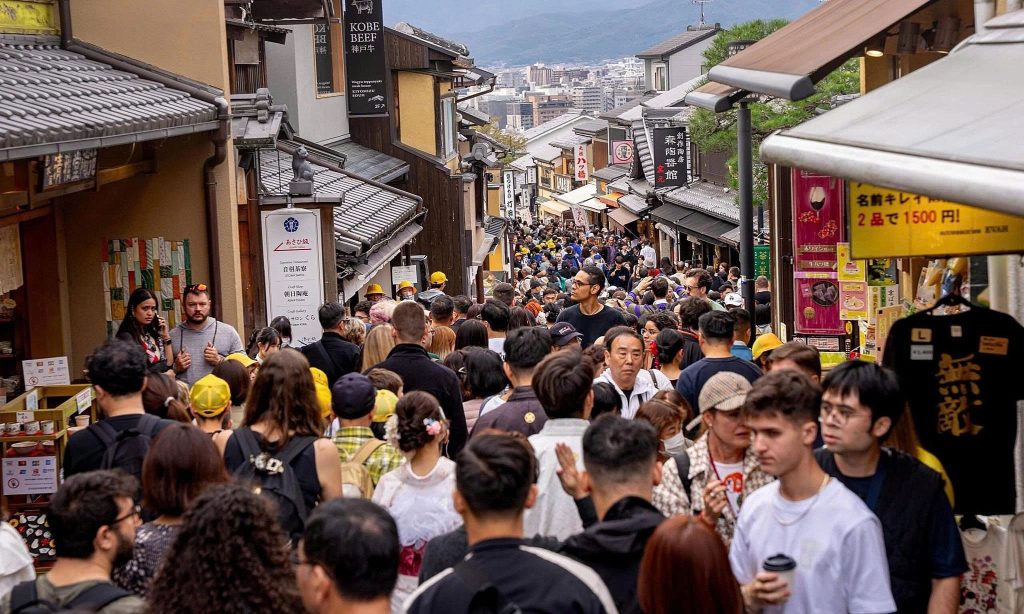TOKYO – The implementation of stricter regulations and significantly increased entry fees this summer season has successfully curtailed dangerous behavior on Mount Fuji. The result is a dramatic drop in incidents requiring rescue and, remarkably, zero fatalities recorded during the entire official climbing period.
The annual Mount Fuji climbing season runs from July through September, attracting large numbers of domestic and international visitors. This year, data collected from the Shizuoka Prefecture side, which manages one of the main trails, confirmed the effectiveness of the new safety mandates. Approximately 84,000 visitors ascended via this route.
Rescue statistics showed a marked improvement: only 36 individuals required emergency assistance. This represents a substantial 44% reduction compared to the 64 cases reported in the previous year. Most significantly, the season concluded without a single death, a major achievement against the six climbing-related fatalities recorded in 2024.

Mount Fuji, reaching 3,776 meters, is a powerful national symbol, but its popularity has recently led to overcrowding and unsafe practices. Chief among the risks was **”bullet climbing”—**the dangerous practice of ascending straight through the night without necessary rest at mountain huts, significantly increasing the risk of altitude sickness and exhaustion. Many accidents were also linked to poor preparation, including wearing light, inappropriate attire like T-shirts, shorts, and sandals.
To combat these issues, the Shizuoka Prefectural government introduced several critical regulatory measures. They doubled the entrance fee from 2,000 yen to 4,000 yen (approximately $27 USD). More critically, they imposed a strict closure window on the trail: from 2 p.m. to 3 a.m. the following day, general access is barred. During this time, only climbers who have pre-booked and confirmed reservations at a mountain hut are permitted to continue their ascent.
Yamanashi Prefecture, managing the highly popular Yoshida trail, adopted similar measures, including installing gates and deploying staff to manage traffic flow and ensure climber readiness. These concerted efforts across both prefectures contributed to a significant overall decrease in rescue incidents.

Despite the successful summer season, accidents outside the official climbing months remain a concern. Incidents often involve foreign tourists unaware of the severe weather risks and official closure dates, as well as local climbers attempting spontaneous ascents without proper gear.
Incidents before the official opening included the tragic discovery of three Japanese men found deceased near the crater rim in June 2024. Separately, a 60-year-old American citizen was rescued after suffering severe hypothermia during a closed-season attempt. More recently, in April 2025, a Chinese student required two helicopter rescues within days—the second time for attempting to retrieve a forgotten mobile phone near the summit.
In response to these persistent risks, Shizuoka authorities are now considering stronger, lasting deterrents. This includes implementing substantial financial penalties and potentially requiring reckless climbers to personally cover the expensive costs associated with deploying helicopter rescue services, reinforcing a sense of personal responsibility for safety on the iconic peak.
(According to Japan Today)

